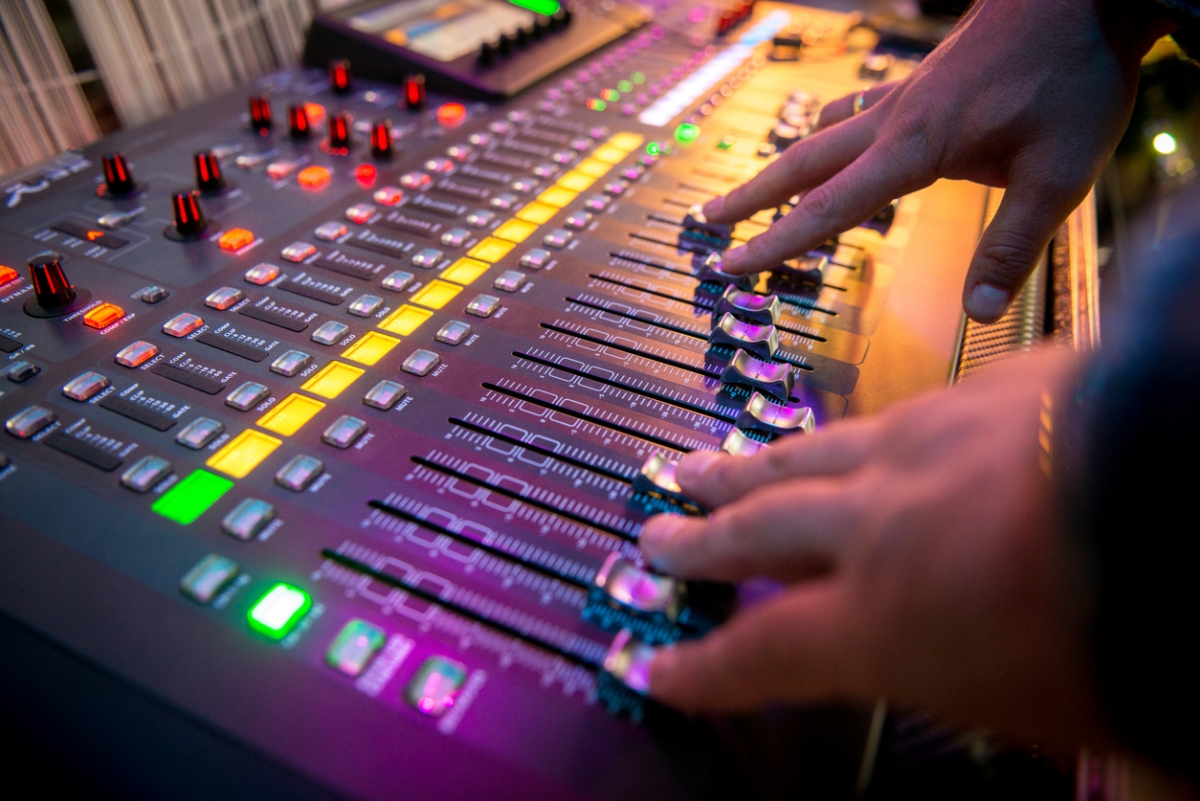

However, it could also be a group of players like background vocalists or string or horn players. More often than not, an overdub session involves a solitary musician or vocalist. Sessions in those genres generally skip right to overdubbing, another sub-category of recording, where you add new parts over existing tracks. They don’t usually require tracking sessions because the foundational tracks are typically programmed using loops or MIDI rather than being recorded by live players.

Genres like hip-hop and EDM are exceptions.

Typically, the elements that are laid down in a tracking session are the first things recorded for the song. Tracking (sometimes referred to as “recording basic tracks”) is a term that refers to capturing the foundational building blocks of a song, such as drums, bass and rhythm guitar or keyboard. You can divide the recording process into several sub-categories. DAWs are powerful applications that you can use not only for recording, but for mixing as well - even, to some degree, mastering too. In music production, recording encompasses getting all of your instrument and vocal parts - whether they’re audio or MIDI - onto separate tracks in computer-based DAW software ( short for “digital audio workstation”) such as Steinberg Cubase. That’s because you can’t mix until you’ve recorded, and you can’t master until you’ve mixed. The order in which they occur is almost always as stated in the title of this article. In this blog, we’ll clarify the distinctions between them. If you’re new to music production, you may wonder what differentiates recording, mixing and mastering, which are the three steps in the music production process.


 0 kommentar(er)
0 kommentar(er)
